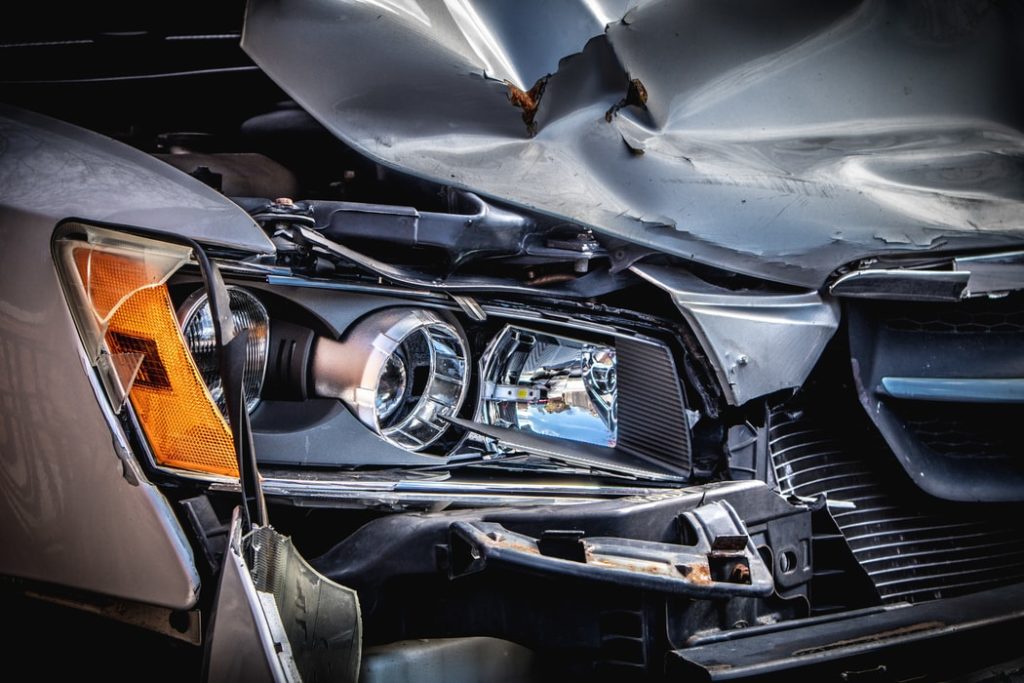Accidents are an unfortunate yet inevitable reality of life. The fact is that even the most mundane and ordinary tasks can result in a hazardous accident at times. Something as simple as walking in a store or driving in your town can result in mishaps leading to personal injury or property damage.
What To Do?
If you find yourself involved in an accident or vehicle collision, do not panic and try to remain composed while doing the following:
- First, if you or anyone involved with the accident needs medical attention, you should dial 9-11 immediately if you can.
- Second, contact the police, as a police report could be your best evidence.
- Third, if you are not physically injured and clear from any hazardous conditions, take pictures of the accident scene and your injuries to document the event.
Why Take Pictures?
Taking photographs at the scene of an accident is crucial for maintaining reliable evidence that can be used alongside eyewitness accounts and police reports. Photographic evidence will help with any insurance claims or litigation resulting from the accident. Taking photos will also help memorialize details of an accident scene that may have otherwise been forgotten.
Remember, SAFETY should be your number one priority. Ensure conditions are safe and clear from danger before taking any photographs.
When Should I Photograph?
Pictures should be taken immediately after the incident if possible.
What Should I Photograph?
Photos should also try to capture the various angles of the accident, including both overview shots of the surrounding area and detailed close-ups.
For example, in a motor vehicle collision, try to take a picture of:
- the involved vehicles;
- road conditions;
- Other objects such as traffic lights or street signs;
- Indicators of the accident:
- such as tread marks;
- debris; and
- broken glass.
- Damage to the vehicles involved;
- surrounding property;
- any visible physical injuries resulting from the accident; and
- Finally, take photos of documents such as insurance information and license.
For non-vehicle-related accidents, taking pictures of the scene can be equally beneficial. For example, if you slip and fall at an establishment, you should photograph the surrounding area. Additionally, you should also consider taking pictures of the hazardous condition that caused your fall, such as slippery surfaces, snow & ice buildup or obstructing objects. Finally, you should capture any sustained physical injuries shortly after the accident to document your injuries.
If you were involved in an accident and have any questions or concerns, give our experienced attorneys a call at 732-490-1777.

